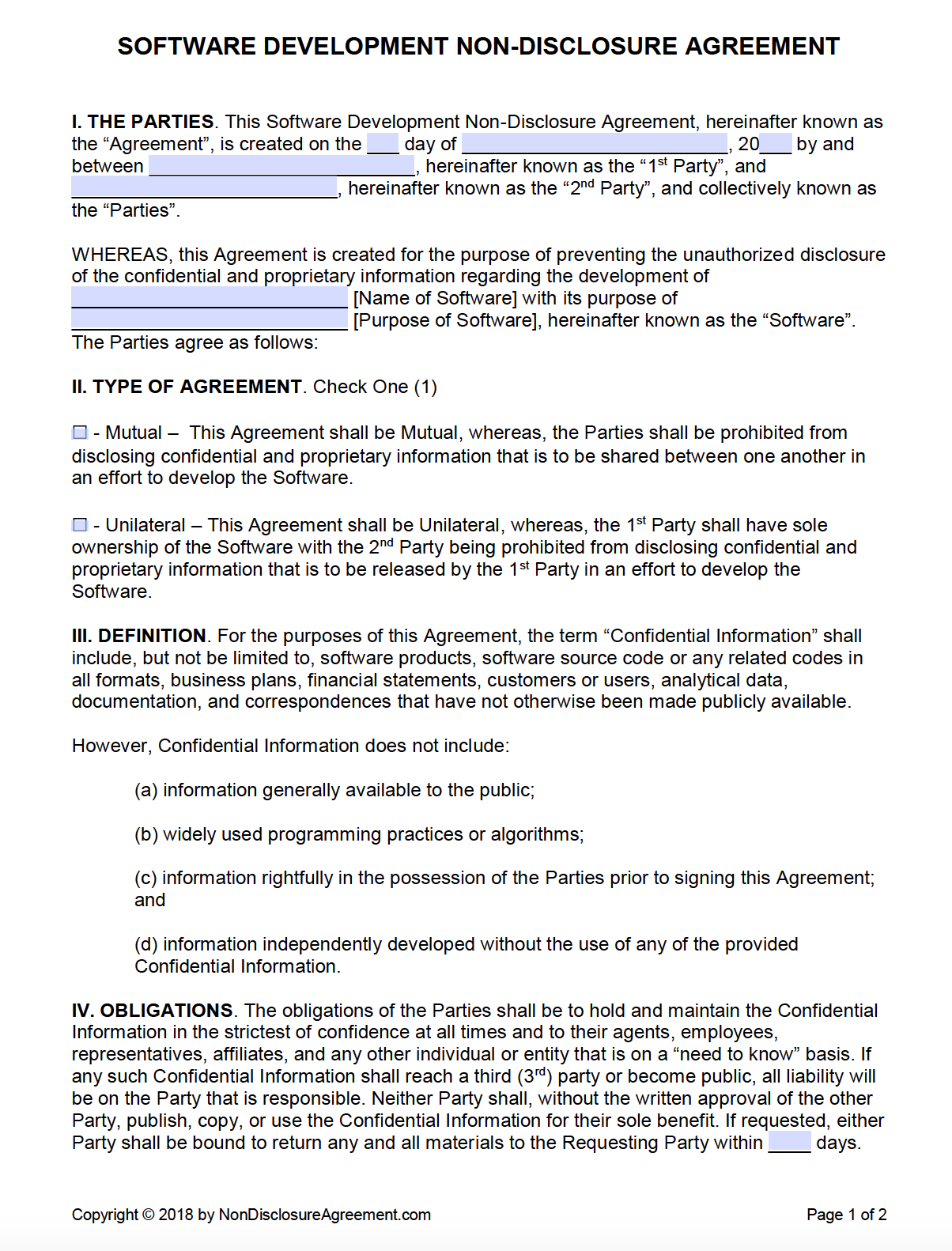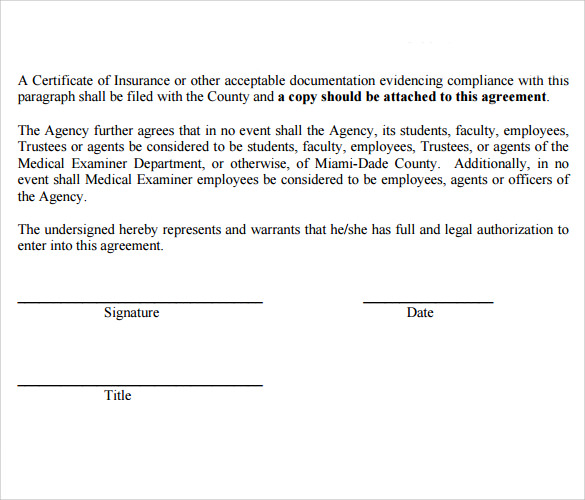
We Offer a Wide Range of Insurance Options to Fit Your Needs. What is an example of a simple indemnity clause? What does indemnification and indemnify mean?

The Warrant Agent shall be liable hereunder only for its own gross negligence , willful misconduct or bad faith. The Company agrees to indemnify the Warrant Agent and save it harmless against any and all liabilities, including judgments, costs and reasonable counsel fees, for anything done or omitted by the Warrant Agent in the execution of this Agreement, except as a result of the Warrant Agent’s gross negligence, willful misconduct or bad faith. Specifically, an indemnity clause states the conditions under which one party has to compensate the other contractual party for claims , unintentional harms , or other liability that could befall the indemnified party (i.e., the one to be compensated). This is usually due to the fault of the indemnifying party. The most important part of an indemnification clause is that it protects the indemnified party from lawsuits filed by third parties.
Put simply, indemnity is security or protection against a loss. Many high-risk activities, like skydiving or heli-skiing, require individuals to sign an indemnity agreement before they can participate. Indemnity refers in some contexts as compensation for loss or damage from the actions of another party. Indemnity can also refer to a legal exemption from loss or damages, as in the case of an indemnity clause in a contract, in which one party agrees to take the liability for loss or damage from another party.
An Indemnity agreement includes the name and address of the parties that enter into indemnity agreement , agreement’s effective date , and period of the agreement. They frame various clauses which help to define the indemnity agreement terms and conditions effectively. Mutual Indemnification.
An indemnification provision, also known as a hold harmless provision, is a clause used in contracts to shift potential costs from one party to the other. In a mutual indemnification, both parties agree to compensate the other party for losses arising out of the agreement to the extent those losses are caused by the indemnifying party’s breach of the contract. An indemnity agreement is a contract where those involved agree that the other be ‘held harmless’ for losses or damages, or where the parties agree that the other is legally exempt from losses or damages incurred. Free Consultation, Low Premiums, Flexible Payment Options. For liability waivers, these potential costs are typically the loss, damages, or other legal costs that would arise from a lawsuit.

You may want to do any of the following to limit your risk and responsibility for loss or damages: Limit the warranty, and thereby limit the scope of an indemnity clause. A boilerplate indemnity clause giving indemnity wording for use in a commercial contract. The indemnity clause provides a mechanism for compensation in the event of losses incurred while fulfilling a contract.
The purpose of an indemnity clause is to provide some protection to the other party. In a simple example of how this type of clause might work, a company could hire an independent contractor to perform work. An Indemnification clause acts an inter-party insurance policy, shifting risk and liability between the parties. It does so by creating the obligation that one party (the Indemnitor) will pay for losses the other party becomes liable for (the Indemnitee), either for any losses related to the agreement, or for losses from certain types of claims.
Indemnity clauses effectively allocate risk between the parties. An indemnity clause gives one party an obligation to compensate the other if harm or loss arises from the contract. The danger, however, is when the clause is more extensive than the party thought when they entered into the agreement.
We answer four FAQs about the scope of indemnity clauses and how they could affect your business. If the parties have purchased insurance, they transfer the responsibility of indemnifying the aggrieved party to the insurance company. Watch for a unilateral indemnification clause where only one party is being indemnified. Introduction to Indemnity Agreement: Indemnity agreement is written when a person wants the other party not to hold him responsible in case of a liability. You can understand this agreement by assuming that you are landlord and when a new tenant moves into your building, you ask him to sign the indemnity agreement.
This agreement shall be unlimited as to amount or duration, and it shall be binding upon and inure to the benefit of the parties, their successors, assigns and personal agents and representatives.
No comments:
Post a Comment
Note: only a member of this blog may post a comment.